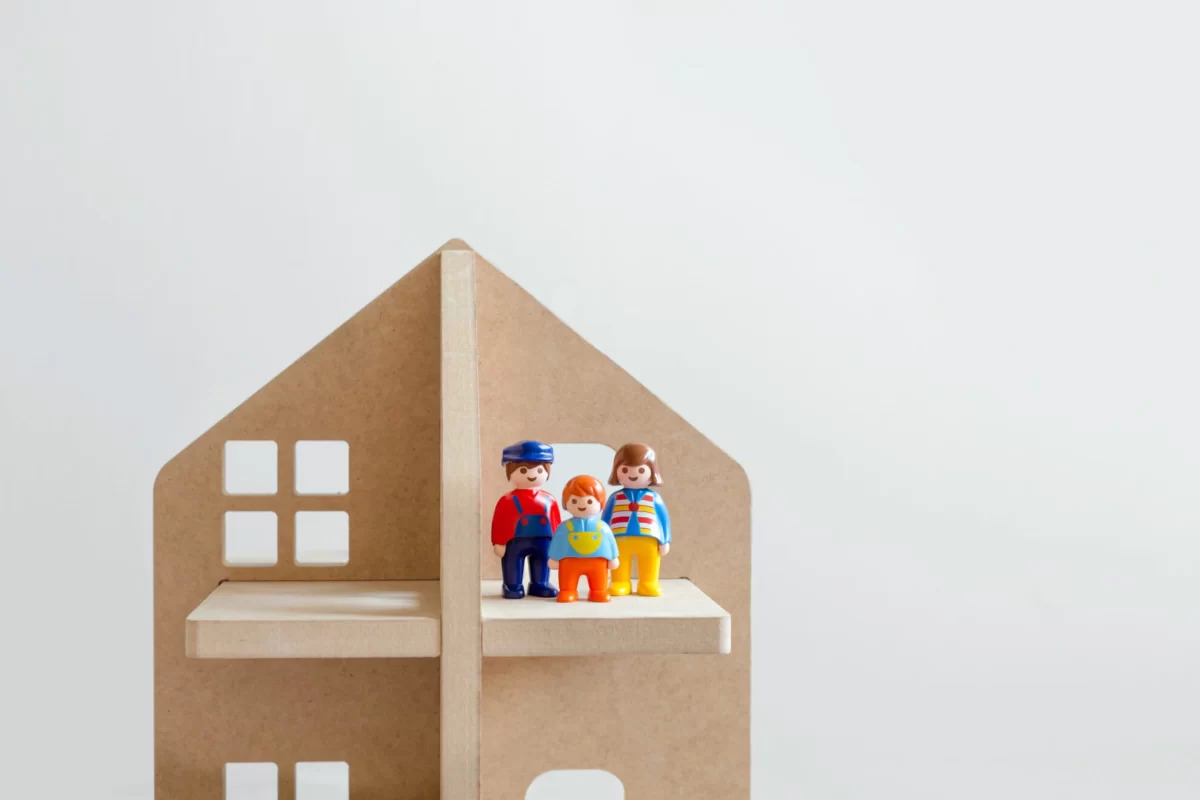Like any other investment, multifamily properties pose some risks for their investors. It’s not as risky as investing in the stock market, but considering the amounts involved, a multifamily investment can easily eat into your finances if it goes bust.

So, how do you minimize risk to commercial real estate investment? This article highlights the best 10 tactics you can employ to mitigate the risks of purchasing and maintaining a multifamily unit.
1. Assessing The Competitive Set
That involves assessing the risks associated with the submarket or the property’s geographical location. In real estate, a competitive set refers to the group of properties that compete with your property for business.
An investor uses the competition to benchmark a property’s performance before purchasing. Carry out an analysis of properties comparable to what you’re interested in investing in.
Using this information, you can identify factors like occupancy rates to determine whether the property is profitable or not. Alternatively, consult property owners and managers within a competitive set to gain valuable information.
2. In-Person Property Tour
Now that things look good on paper, it is time to take a closer look at the property. Plan to view the property in person and ensure your tour includes the units, common areas, and amenities.
For common areas like hallways and the lobby, consider the cleanliness and general condition.
As for the amenities, look at their layout within the property. Is it organized? Consider the advantages or disadvantages, if any, of the design of the amenities within the multifamily property.
As you inspect the units, look at them from a renter’s perspective. If you rent out the units within the property, what is lacking, or what needs improving?
Consider factors like how spacious the units are, the cabinets’ finishing, and whether it has a balcony or outdoor deck. These ‘extra’ touches are what would make a renter choose your property over another one.
3. Know Your Residents
After inspecting the property’s physical aspects, it’s time to scrutinize who lives there. Please pay attention to how they use the property and its amenities. This inspection will give you an overall feel of the general resident profile.
Additionally, an in-depth analysis will provide an income profile for your residents. You can also get detailed information on the residents, such as their employment background.
Later, after purchasing the property, you should conduct criminal background checks on current and future tenants. This will prevent any scuffles or illegal activity on or near the property.
Law enforcement will hold you responsible for renting to a criminal, even unknowingly.
4. In-Person Tour Of Competitive Properties
The next step is to inspect the properties in your competitive set. Go through the same process of reviewing common areas, amenities, and units. Managers or property owners will grant access to the property. Be honest about why you’re there.
Let them know that you want to tour the premises and any available units. Consider the same attributes you did with the property you wish to purchase, then compare the differences. Look at what other properties have that yours does not. On the other hand, look at what is missing to capitalize on.
5. Conducting Inspections And Determining Capital Costs
Even if you are a seasoned investor who understands the ins and outs of properties, it is still necessary to call in the experts when analyzing a multifamily property. Third-party professionals need to conduct a thorough assessment of the property.
These experts will consider factors that you may not even think about, such as the building’s age, the condition of the roof, drainage issues, and the quality and conditions of mechanical components.
Using the analysis from these specialists, you’ll be able to determine capital costs needed soon or over an extended period. You will also need to factor in repair costs that are a part of capital costs.

6. ‘North, South, East, West Analysis’
Go back to your prospective property and conduct a North, South, East, West multifamily analysis. It is a process that involves placing yourself in a tenant’s shoes. Look at the property from their perspective.
Walk-in from all directions. If possible, drive in from all directions too. Doing this will give you a feel of what it is like to live on the property. As a resident, what do you find most appealing about the property? What don’t you like?
Is the distance from the store convenient? Is it a generally safe neighbourhood? Looking at the property from a resident’s perspective offers you the opportunity to have an objective look at its weaknesses.
7. Building A Budget
This is one of the most important aspects of commercial real estate investment criteria. If you are new to investing, you may place all of your focus on the operating expenses. Instead, you want to develop a budget that factors everything about the building from scratch.
The budget can include factors like the staff. Ensure you look at service contracts to understand what services they provide.
Additionally, create your version of an operating budget based on gathered information, and compare it to the actual running budget the property currently has in place. The budget will help you determine what the net property income is.
8. Opportunities For Revenue Growth
Looking at the net property income, you can determine whether there are opportunities for growth with the same revenue. You can compare rents and determine whether the rate is fair or there’s headroom to raise the rent.
Also, the local market determines the rates you apply and whether there is potential for a new supply of properties in the area.
9. Evaluating Supply Threats
At this point, you should already have a clear picture of your competitors. In addition to looking at existing units, you need to scrutinize any multifamily properties coming up in your submarket. This is because these new units may end up competing with yours.
More multifamily properties will affect the amount of revenue your property brings in. If you’re in a larger market, you won’t feel the impact, but the effect is more prominent in a smaller submarket. This might prove to be a hectic task to monitor so you would need the help of the best commercial real estate investment company to assist you throughout the process and bring the best deals to boost capital gains.

10. Market Stability Versus Volatility
Look out for a stabilizing factor for your property. For example, perhaps the property is located near a university. Students need housing, and it is unlikely that a university would relocate out of the blue.
Another stabilizing factor is whether a city is a state capital or not. Such factors help indicate how stable or volatile a market is over the long run.
Final Words
Have all of these factors in mind as you consider investing in a multifamily property. Be diligent with each step to ensure your property remains profitable even in the face of recessions. Also, make sure to avail all the tax benefits you are eligible for such as the 1031 Exchange Process. That is the best way to minimize risk while saving more when making a multifamily purchase or a sale.
www.redpillkapital.com
If you simply need more information. have questions, or want to discuss a specific deal, I’m always excited to help. Reach out to me at info@redpillkapital.com
If you are ready to start your journey to financial freedom but want specific additional educational materials, we have a course designed for physicians.





